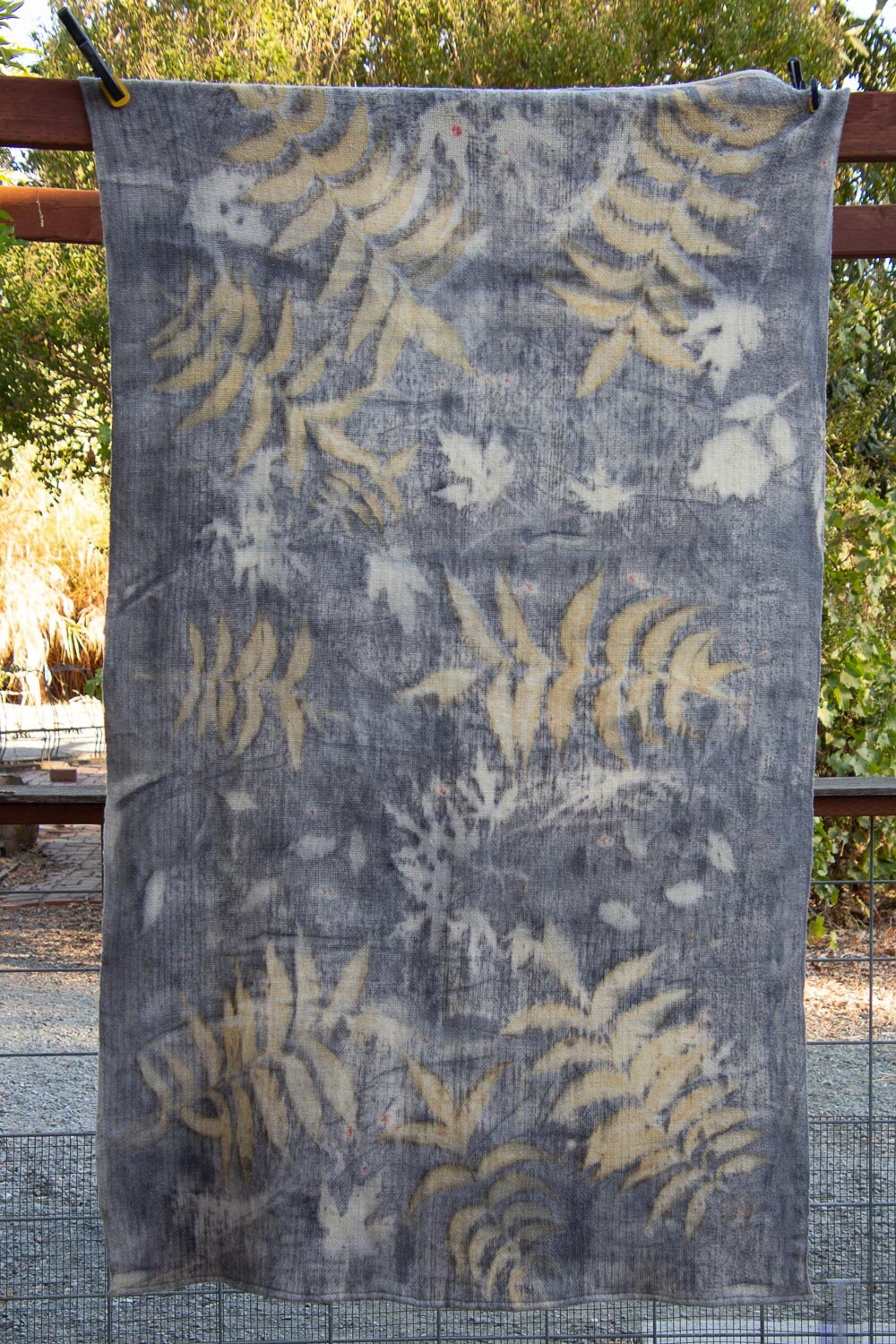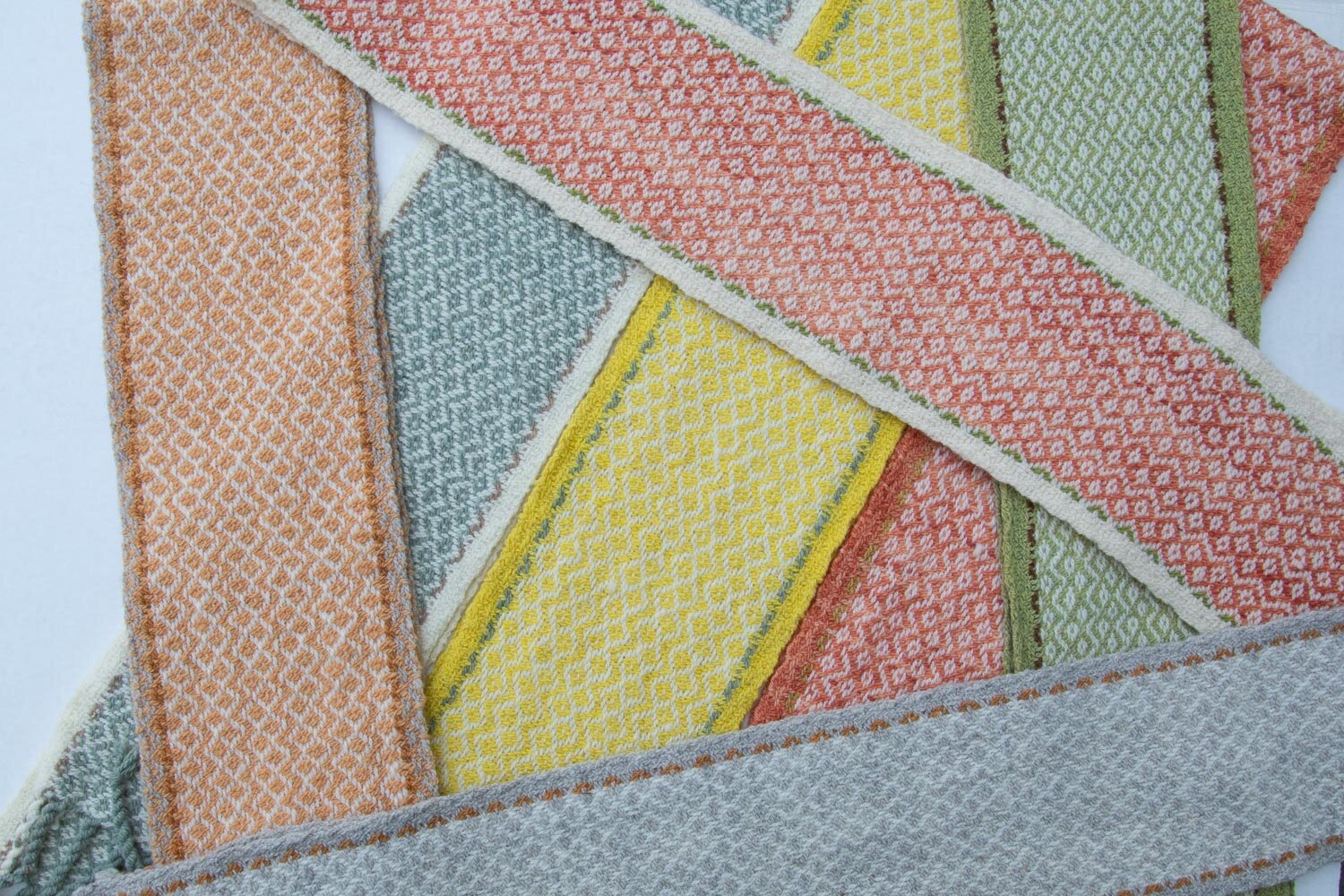One Year Later
/Most of you know about the could-have-been-fatal accident I had last year. That was October 14, 2019. Things started to get back to normal about March during lambing time. Then the pandemic hit. So life has not been normal, but I’m doing great.
I will celebrate my health and the smoke-free skies tomorrow with a trip to the mountains to go on a hike. But I wanted to acknowledge this milestone tonight. I had the unwavering support of my husband and my kids and kids-in-law…and of my Farm Club friends who helped during the darkest hours and days immediately following the accident. They pitched in to help with the fiber business, holiday sales, planning shearing day, and other support.
At the time of the accident my rink was cut off and I never got it back. Both Dan’s and my rings had become thin and misshapen from 33 years of wearing them. On our anniversary last summer Dan suggested that we get new rings and we talked to one of the jewelers at the Artery. Meg Blacksmith made new rings with subtle hammer marks that we picked up last week.
With the pandemic happening it feels as though life is not normal. We don’t have the events that we used to have or people coming to the farm. But the fiber work and farm work carries on and I’m learning to do more in the tech realm to develop classes and promote products. I am grateful to be here and to have recovered 100%.
Lambtown was held virtually and Farm Club members wanted to compete in the Sheep to Shawl Contest. Because as a virtual vendor I didn’t have to sit in a booth on S2S day I was the weaver. We were thrilled to place second out of 10 teams that competed. Here is a blog post with photos of some of the process.
I’ve spent more time weaving than I am able to some years. This is a blanket that is for sale on the Fibershed Marketplace website.
These are examples of scarves that we will be weaving in an on-line class in which I’ll teach weaving on a rigid heddle loom.
I recently wove some plain white fabric that I used for botanical printing. The story of this blanket is in this blog post.
Then of course there are the sheep. This is Ruby Peak Tamarisk. I told the story about traveling to Oregon to pick him up earlier this month in a blog post you can find if you scroll back a little ways. Breeding season started when we sorted out groups on October 1. That is two weeks now and almost all the ewes are marked. Tamarisk has half of them.
Meridian Rambler is a ram lamb that I chose to keep. His markings aren’t as good as I would have liked, but I love his fleece and his horns look very promising. He has a few ewes in his group.
Peyton always gets a half dozen ewes in his group. They produce crossbred lambs which are easy to sell earlier than the Jacob lambs.
Meridian Axle has bred most of his ewes at this point. I missed getting a photo of Jasper but he is the fifth ram we used.
Introducing Meridian Quora, a lamb who by chance I hadn’t sold and is now in with Rambler’s group. For those of you who like to keep track her parents are Axle x Quartz (Jade’s daughter).
The last random photo for the night is of the non-breeding group. This includes the goats and three ewe lambs. This could be filed in the why-we-don’t-get-rid-of-anything department. The goats seemed bored so Dan dragged the old staircase from my shop into this paddock for their use.
Thanks to those of you who have supported us through this year of trauma, pandemic, and smoke-filled skies.


























































































































































































































































